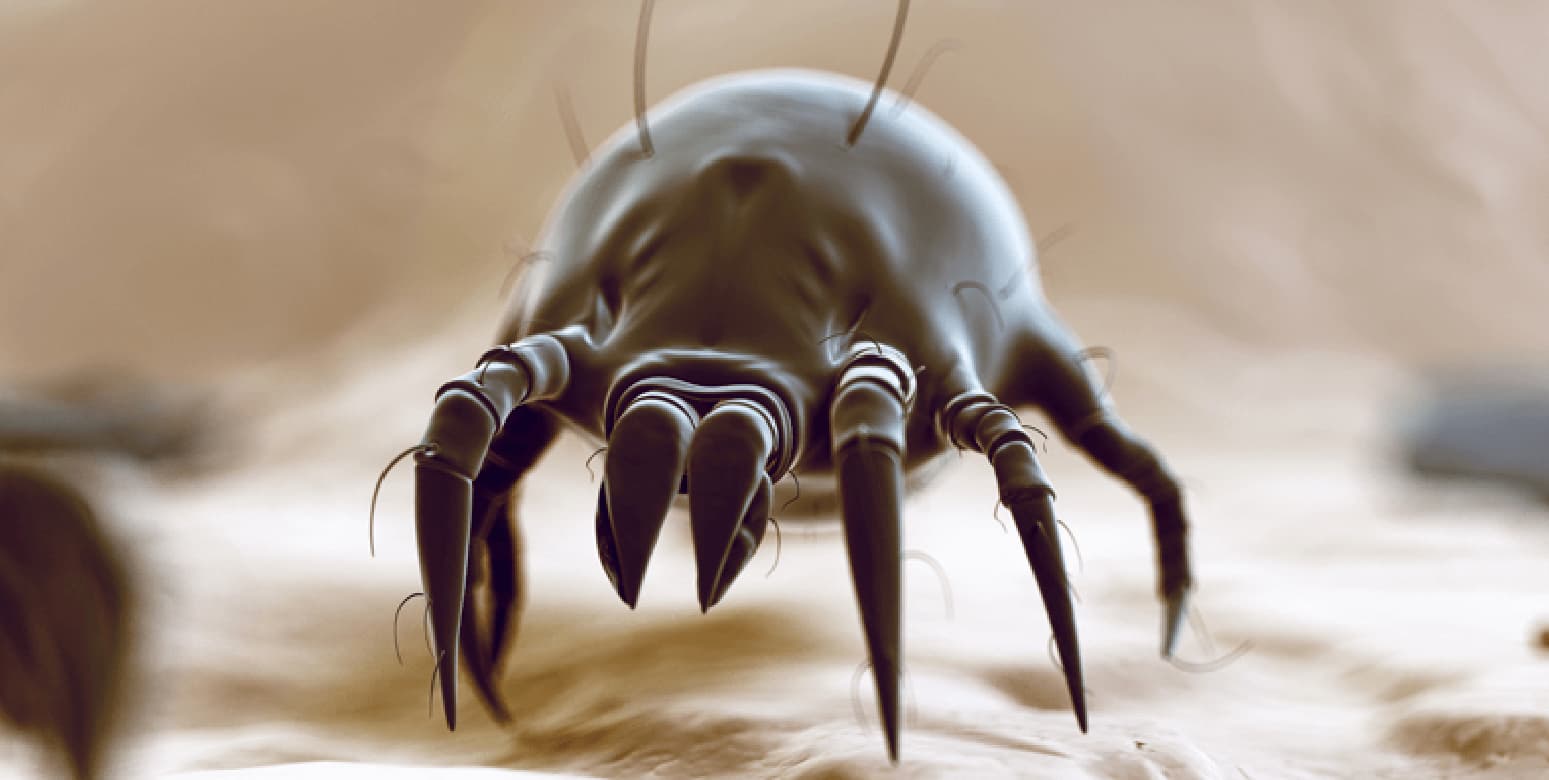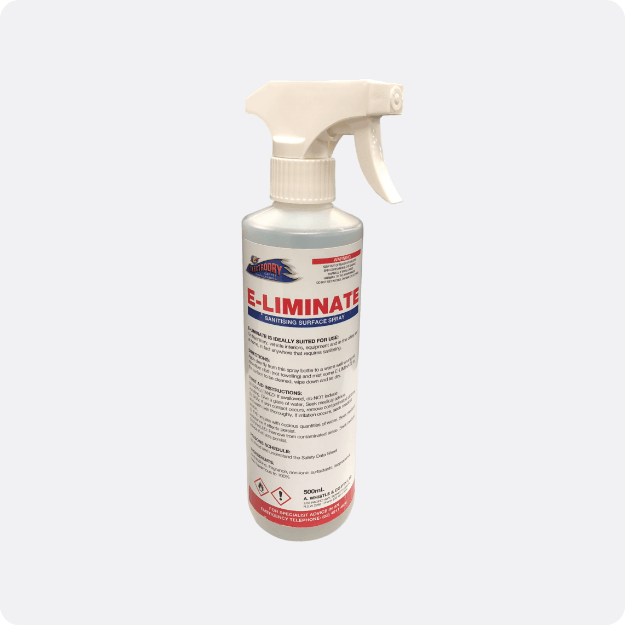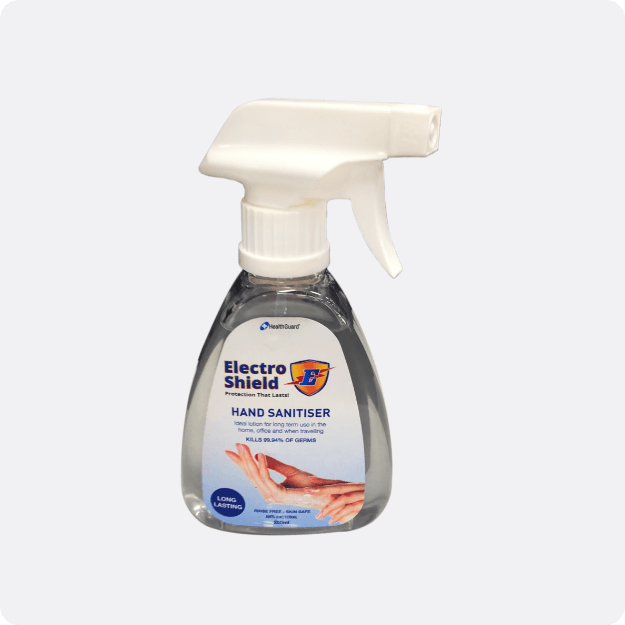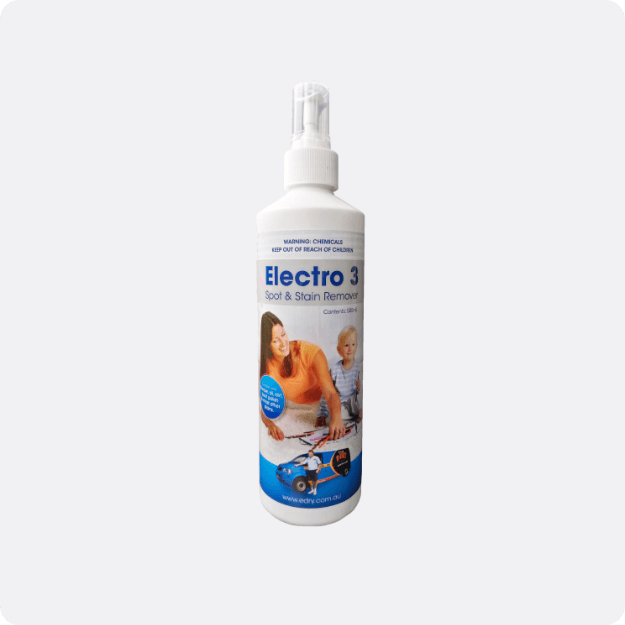It starts with an itchy nose. Then come the headaches, the scratchy throat and of course, the relentless sneezing.
Allergies can make home life really unpleasant and one of the worst triggers for these reactions aren’t what you’d expect.
Meet the humble dust mite, the tiny monsters that may be behind your allergic symptoms.
What are Dust Mites?
Dust mites are found in most homes, regardless of how tidy the home is kept.
They are microscopic in size and actually classed as arachnids. Despite what their name suggests, dust mites don’t inhibit dust for long, but they do love warm and humid places, where they constantly reproduce.
You can find them all over the house but their favourite place to hide? Your mattress. The reason for this is that your mattress is a dark, warm environment with a steady supply of their favourite food; the dead skin cells that flake off our bodies while we sleep.
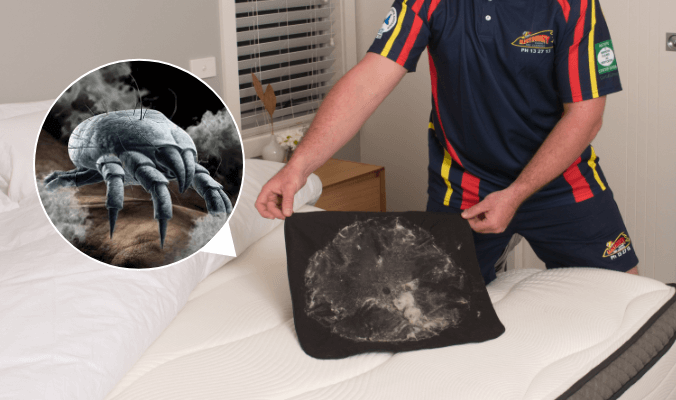
Why Do Dust Mites Trigger Allergies?
Dust mites excrete nearly twice their body weight each day. And it’s their faeces that contains bacteria, enzymes and proteins that cause an allergic reaction.
Allergic symptoms can increase over time as you continue to breathe in these particles. Dust mite excrement can also be particularly problematic for the around 2.7 million Australians who suffer with asthma. This is because dust mite debris is an irritant to inflamed lungs.

How You Can Reduce Dust Mites’ Effect on Allergies
Luckily, there are a few really easy ways you can minimise the impact that these miniature creatures have on your overall health.

- Direct sunlight kills dust mites, so keep a bedroom window open during the day when you can. It’s also a good idea (if possible) to put your mattress outside in the sunshine for at least a couple of hours every few months.
- Invest in a good quality mattress protector. Look for asthma and allergy friendly mattress or pillow covers.
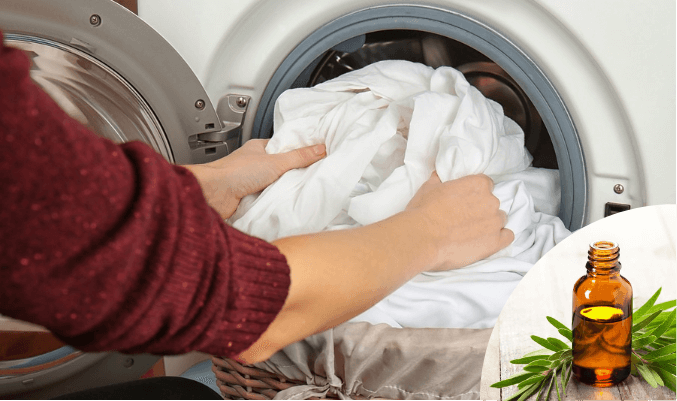
- Wash bedding once a week in water that's at least 55 degrees. You should be washing any stuffed toys that reside in the bedroom once a week, too.
If you can’t use hot water, use a washing product with essential oils such as tea tree or eucalyptus, which can treat dust mites in cold water. - Keep the humidity in your home below 50%. You can do this by using your exhaust fans while cooking and showering, fixing any leaking pipes around the house, using a dehumidifier, using your air conditioner’s dry mode and remembering to dry your laundry outside.
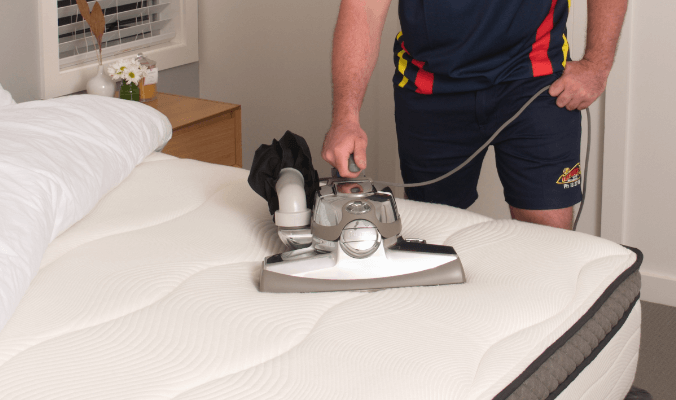
- Vacuum carpets and soft furnishings weekly, using a high efficiency particulate air (HEPA) filter vacuum cleaner if possible.
- If your symptoms are severe, you should speak with an allergist about allergy testing and long-term treatment.
- An annual professional mattress clean is recommended, particularly when you are prone to allergies. An Electrodry clean will remove, then protect (for up to 6 months) against dust mites and their excrement. Our service will also remove built-up dead skin that provides a food source for dust mites.
